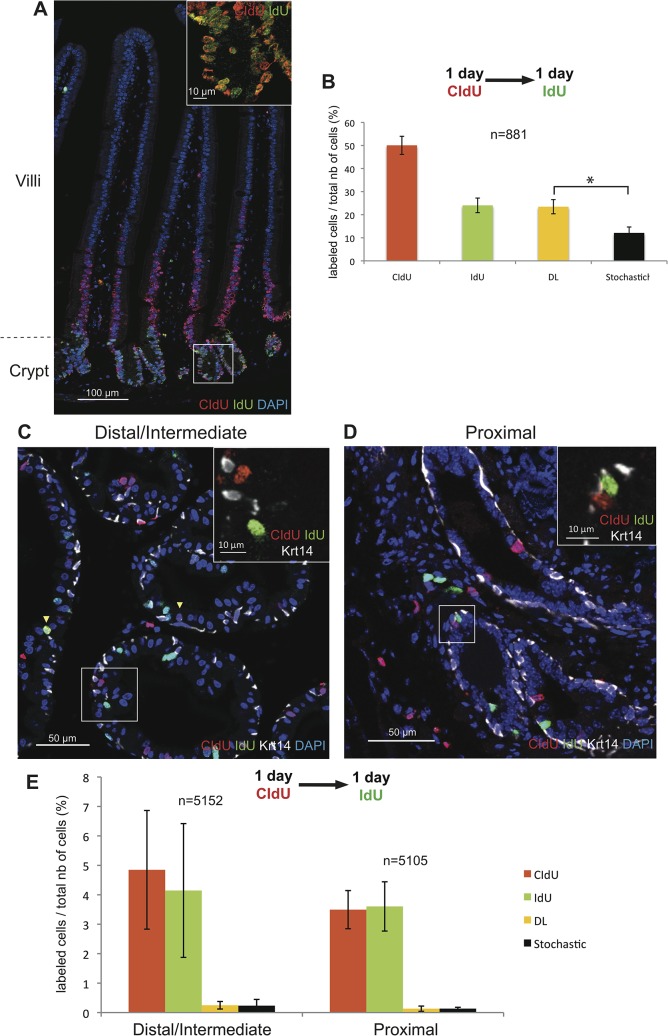Fig 2. Renewal of the adult prostate epithelium does not depend on rapidly serially proliferating progenitor/TA cells.
Detection of rapidly proliferating progenitors was performed on 7-week-old mice sequentially treated with CIdU and IdU for 1 day each. Mice were sacrificed immediately after the end of IdU administration. (A): Representative images of double immunofluorescence staining for CIdU and IdU in a section of small intestine demonstrating the presence of double-labeled progenitor cells in the intestinal crypt (inset). (B): Graphic representation of the percentages of intestinal epithelial cells labeled with CIdU, IdU, or CIdU/IdU. The predicted stochastic fraction is also shown. Data represent the means ± SD for three mice per group. (C, D): Representative images of triple immunofluorescence staining for CIdU, IdU and Krt14 performed on sections of the distal/intermediate region of ducts (C) and the proximal region of ducts (D) of the dorsal prostate showing that the majority of cells are single labeled (inset). Yellow arrowheads indicate CIdU-IdU-co-labeled cells. (E): Graphic representation of the percentages of epithelial prostate cells (both basal and luminal) labeled with CIdU, IdU, or CIdU/IdU (DL). The predicted stochastic fraction is also shown. Data represent the means ± SD for three mice per group. n indicates the average number of nuclei counted per mouse.* indicates p<0.05.

